This is a Guest blog by DIY Garden. Illustrations by Lizzie Harper.
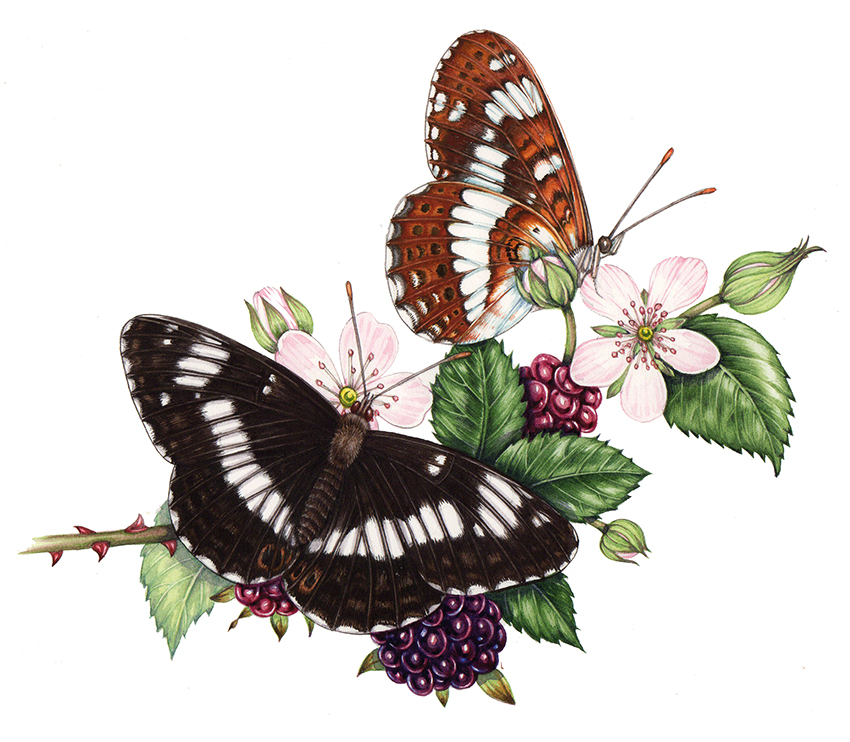


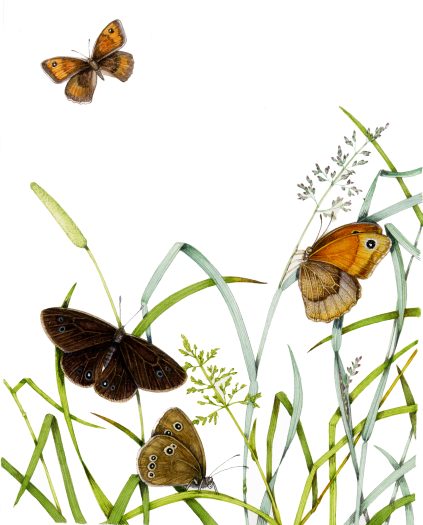

Butterflies and moths are not only beautiful garden viditors, they are vital pollinators.
Whereas bees get covered in pollen, butterflies take a smaller amount on their slender legs. They travel greater distances than bees, flitting around like nomads instead of returning to a hive or burrow.
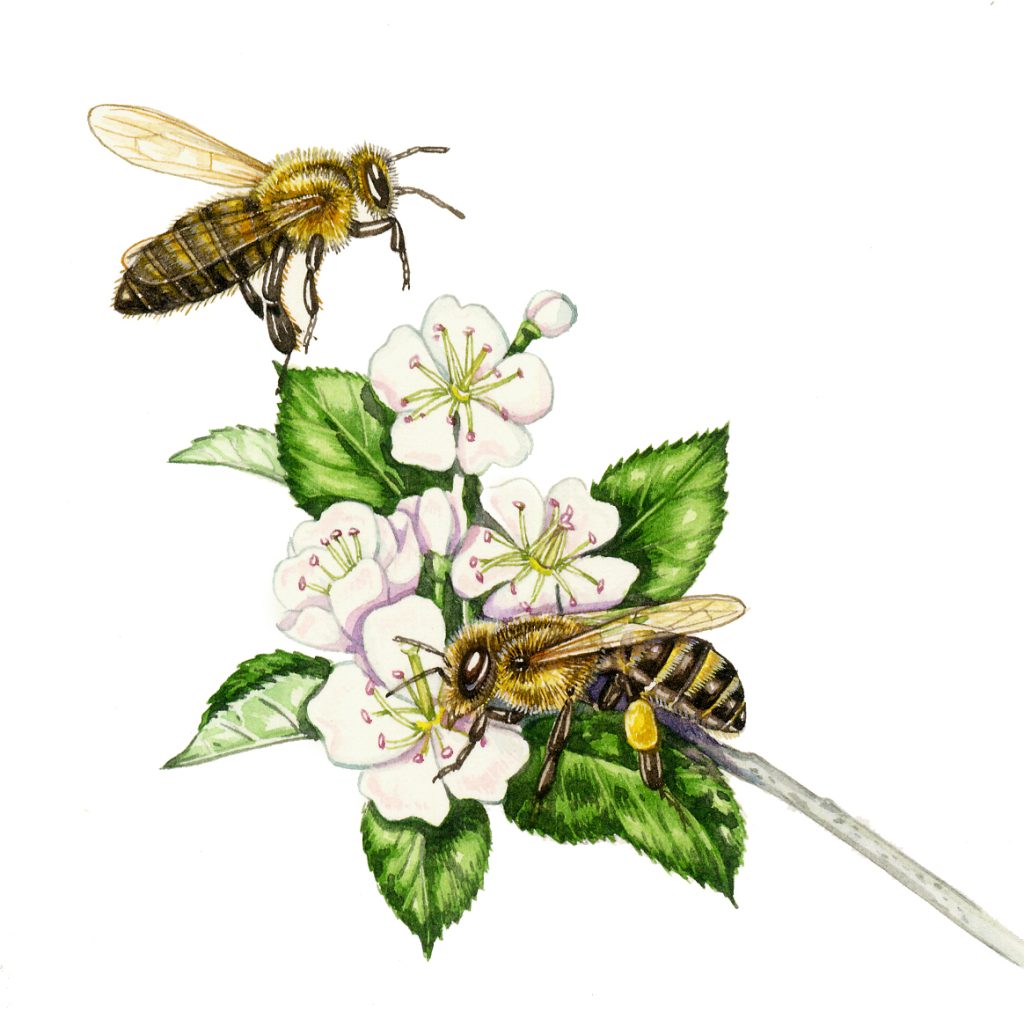
This means they spread pollen over a larger area, strengthening the genetic variation of DNA in plants. Genetic variety means our plants are tougher and less likely to fall prey to disease.
Butterflies and moths also provide food for our birds. Blue tit chicks in particular feast on caterpillars in spring, and the adult butterflies are a filling meal for both birds and bats.
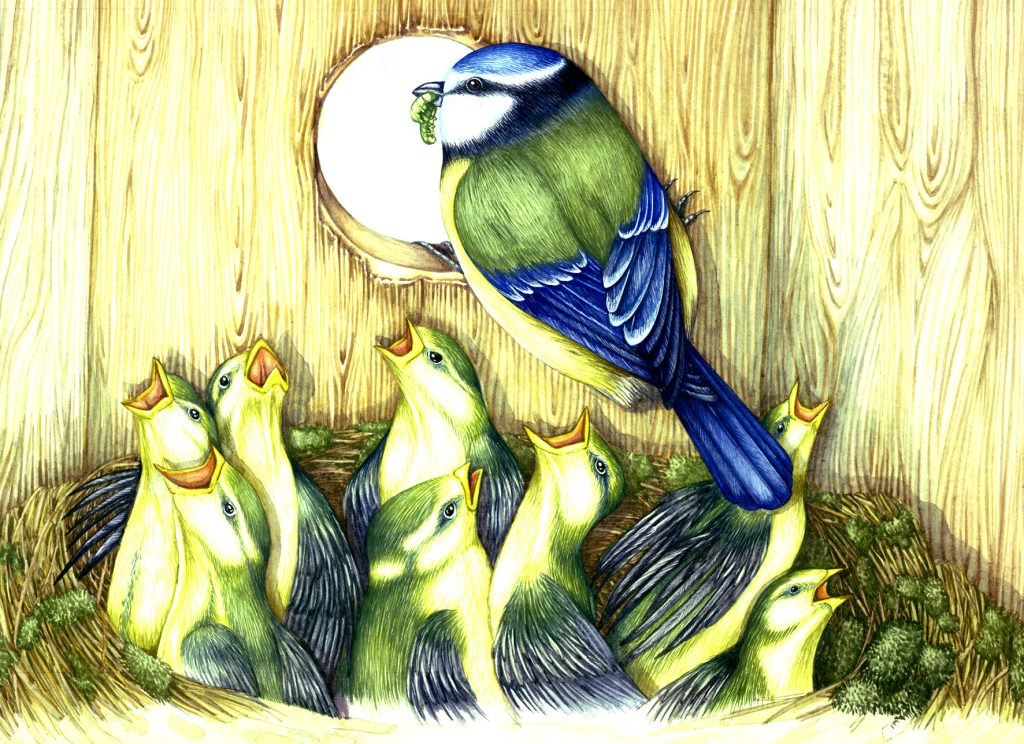
Without butterflies our native wildlife would go hungry as mating and breeding seasons are arranged around food sources.
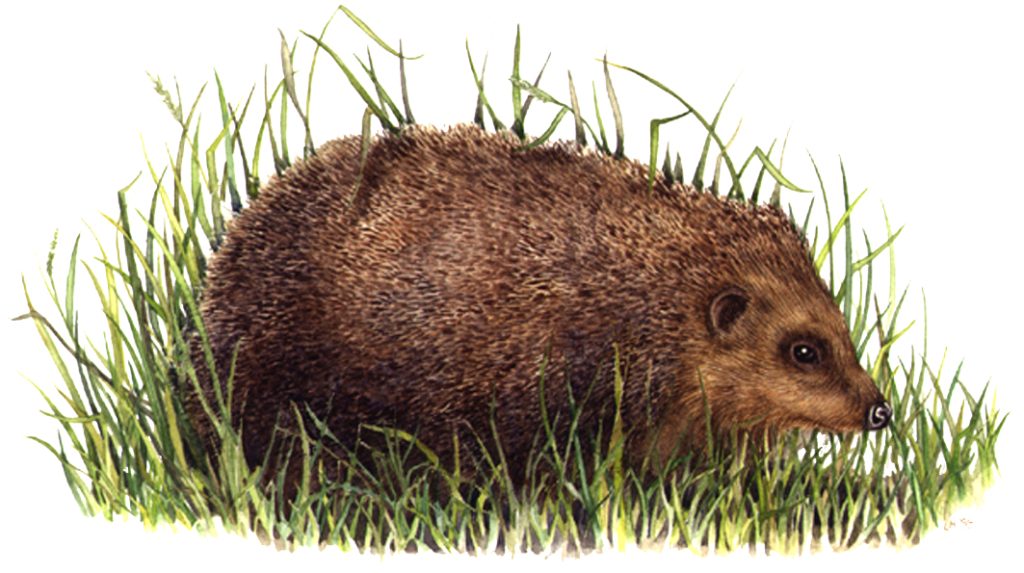
We can help in a number of ways. Intensive farming practices means farmers grow tall grass for silage instead of the traditional wildflowers for hay. Butterflies have a hard time finding food.
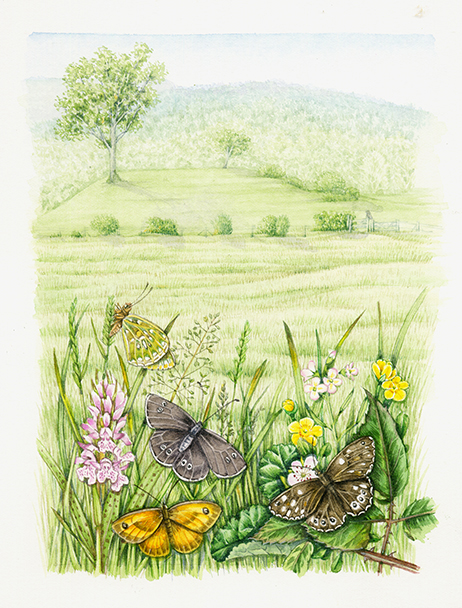
Bees and butterflies need flowers to survive. In turn birds, bats and other mammals need bees and butterflies. But it’s not as simple as loading up your boot at the garden centre, because caterpillars need certain plants to thrive.
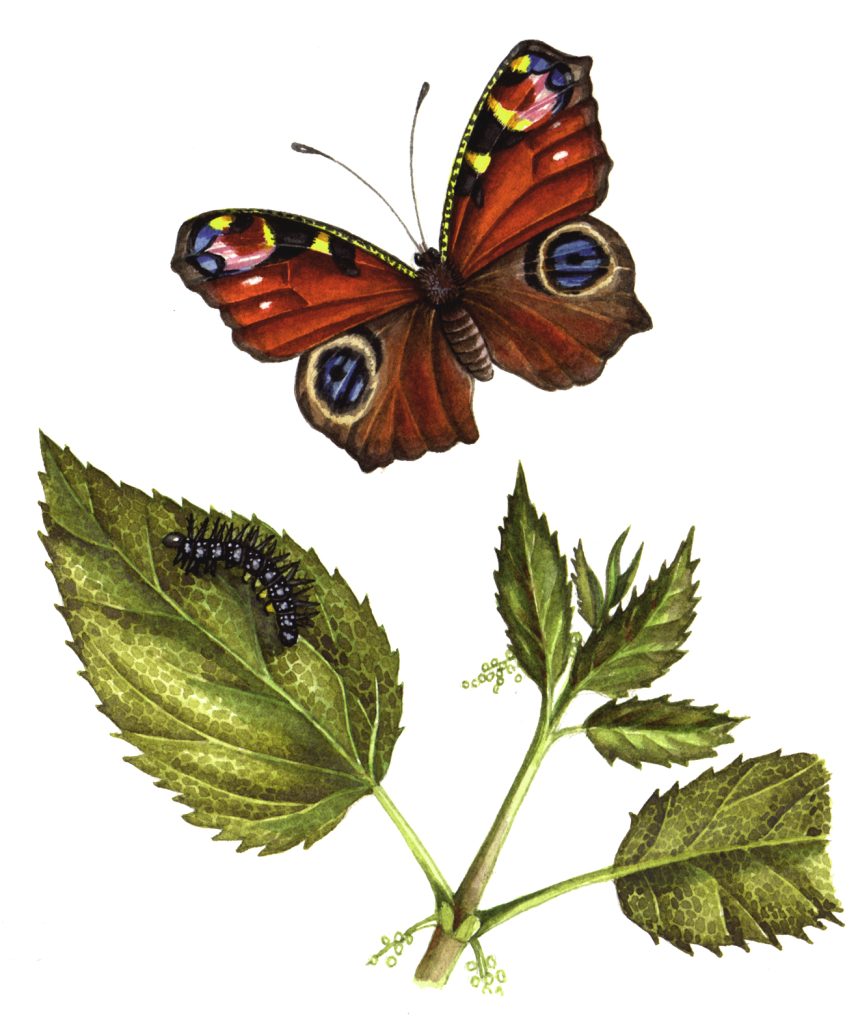
You might not be keen on common nettles, but a patch in a sunny garden corner is invaluable. Limit their spread by growing nettles in a sunken container.
Adult butterflies and moths need nectar. Most native wildflowers and weeds are appreciated by our pollinators, but here are some good choices:
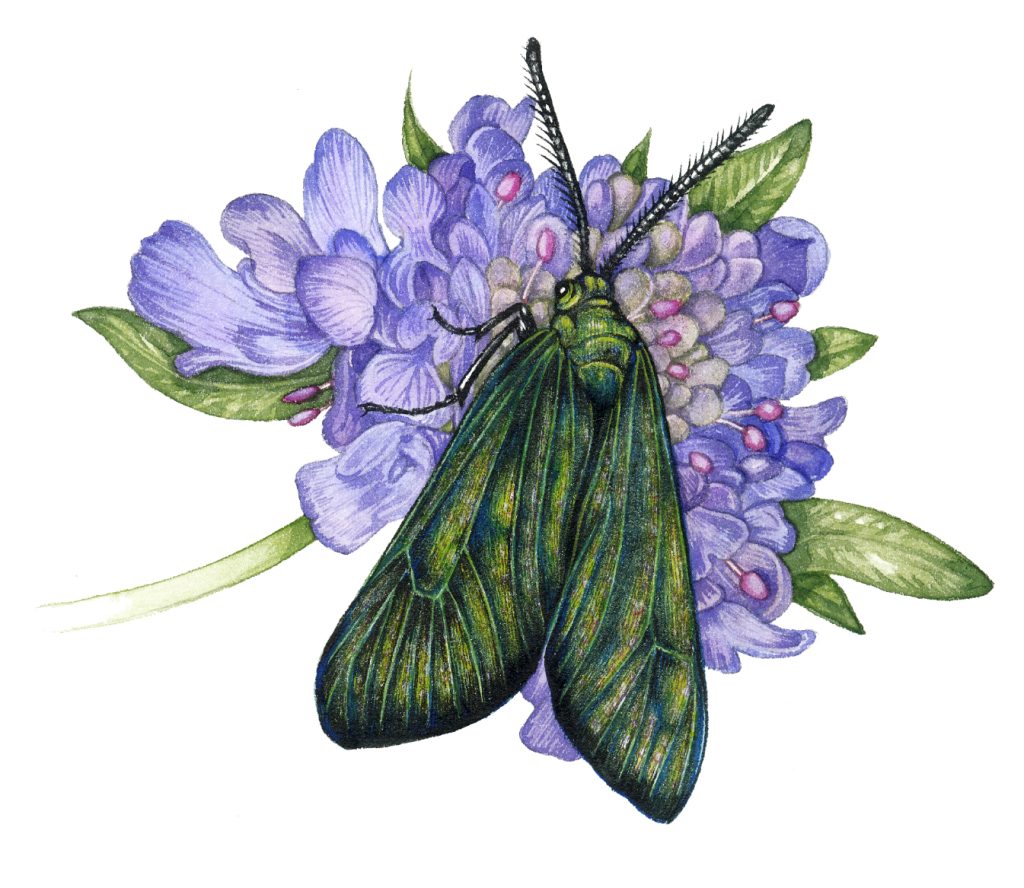
Try to have as many suitable flowering plants as possible right through the seasons. Choose warm, sunny spots to plant your nectar-rich flowers. Keep deadheading them so more blooms appear. This is especially important in spring and autumn when food sources are hard to find.
Its good practice to buy genuine UK plants and wildflower seeds as exotic species are not always suitable food for butterflies.
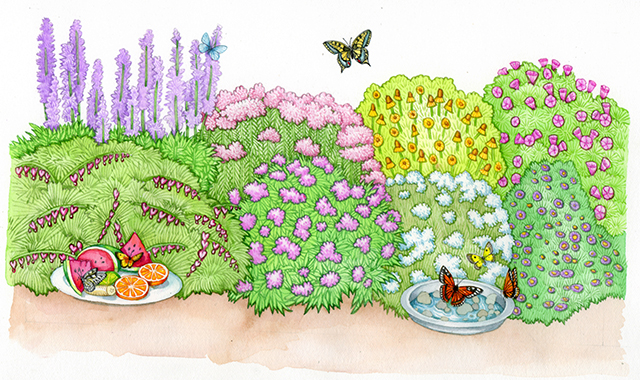
Diagram of a Butterfly-friendly garden for US species
Don’t collect them. This is an old fashioned hobby, but some people still catch butterflies in nets and pin them to boards.
It’s a cruel practice and some butterflies are protected so you could get into trouble. Use a camera instead.
Join your local environmental group (such as a Wildlife Trust) to learn about coppicing and natural techniques that enhance the environment. Environmental groups plant wildflowers and count the butterflies to give picture of their health.
Stop using pesticides. Pesticides kill everything they land on, and sprays are carried around on the wind. This means butterflies, moths, caterpillars, eggs and pupa are destroyed.
Don’t use peat-based compost.

Bees, ladybirds, hoverflies and all pollinating insects are wiped out. A sterile garden is a wildlife free garden. It won’t take long for natural aphid predators to arrive if you simply spray with citrus soaked water, or remove them by hand. Just wear gloves. Gardeners have managed for thousands of years without pesticides, so net your cabbages – don’t spray them.
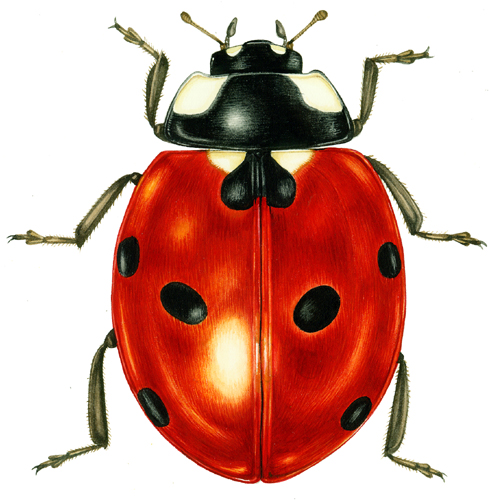
As well as growing more nectar rich flowers, keep an area of garden wild. Leave it un-mown, add bee and butterfly hotels, some native wildflower seeds, a hedgehog house, and logs. The wildlife will move in.
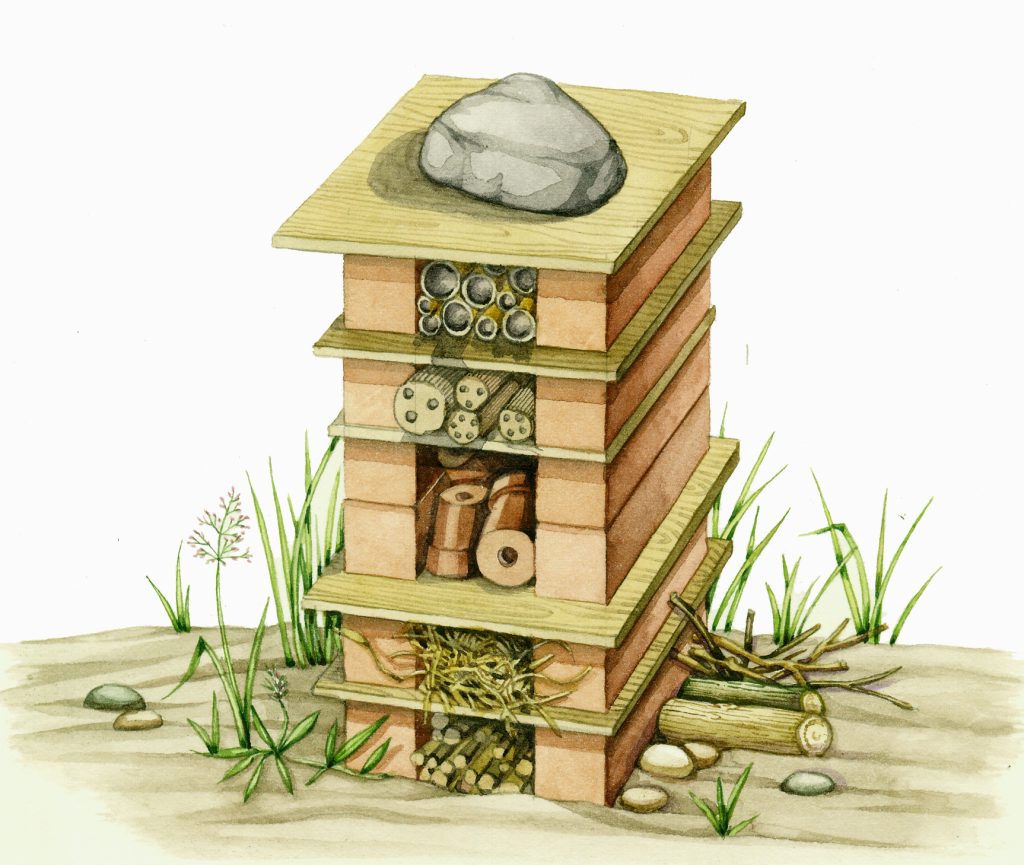
If you don’t have a garden, a hanging basket or container of flowers on a balcony will also attract bees and butterflies.
Any little you can do will save lives and promote a healthy environment. Water is vital. We have taps, but mammals, birds and insects don’t. In hot summer months wildlife dies from dehydration. A simple bowl of fresh water is so easy, yet saves countless lives. Butterflies drink water too and the best way to help is to fill a dish with marbles or pebbles, and fill it daily. Bees and butterflies will sit safely in the pebbles with danger of falling in.
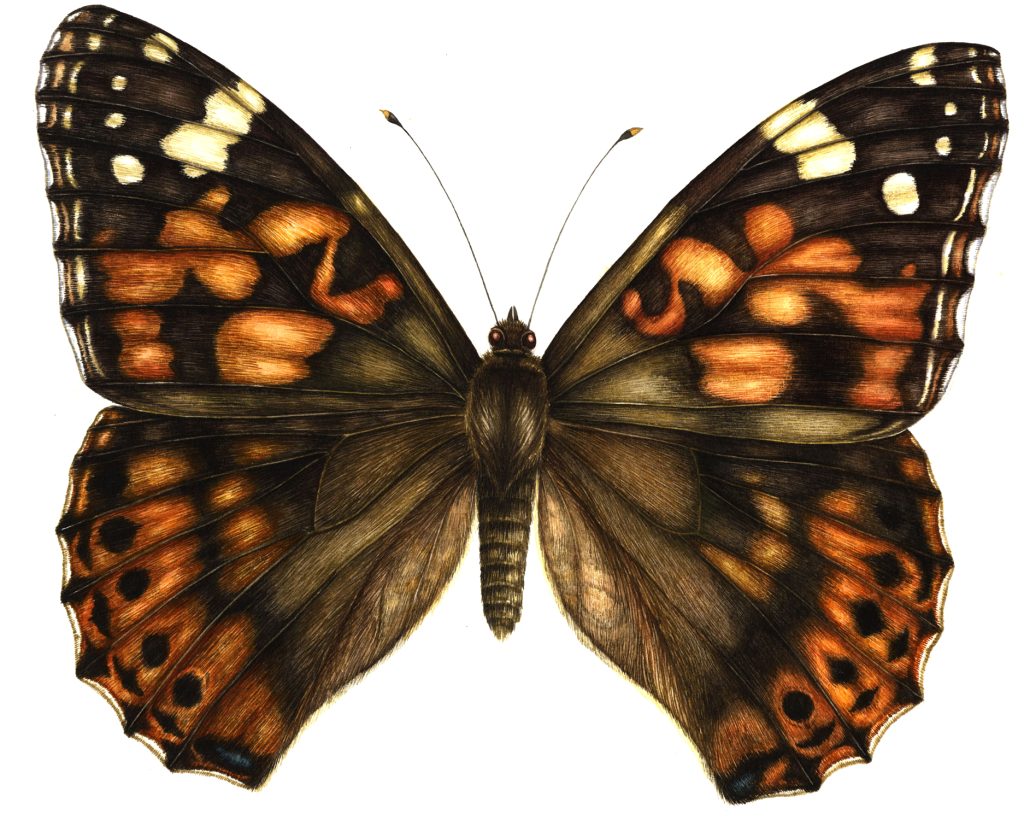
If you find a butterfly on a cold, wet day it’s probably in trouble. If it’s in water then it will certainly drown because once cold they need sun to get moving again. Get involved and save that butterfly!
Remove it from the cold or watery situation into a sunny, sheltered area away from predators. If you are feeling generous a teaspoon of cool water with a bit of dissolved sugar will give the butterfly enough energy to find safety. Ensure you don’t get any of the solution on its wings as it will be unable to fly away and will die. When it takes a drink you’ll see that fabulous proboscis emerge. It’s a sight worth waiting for, so be patient.
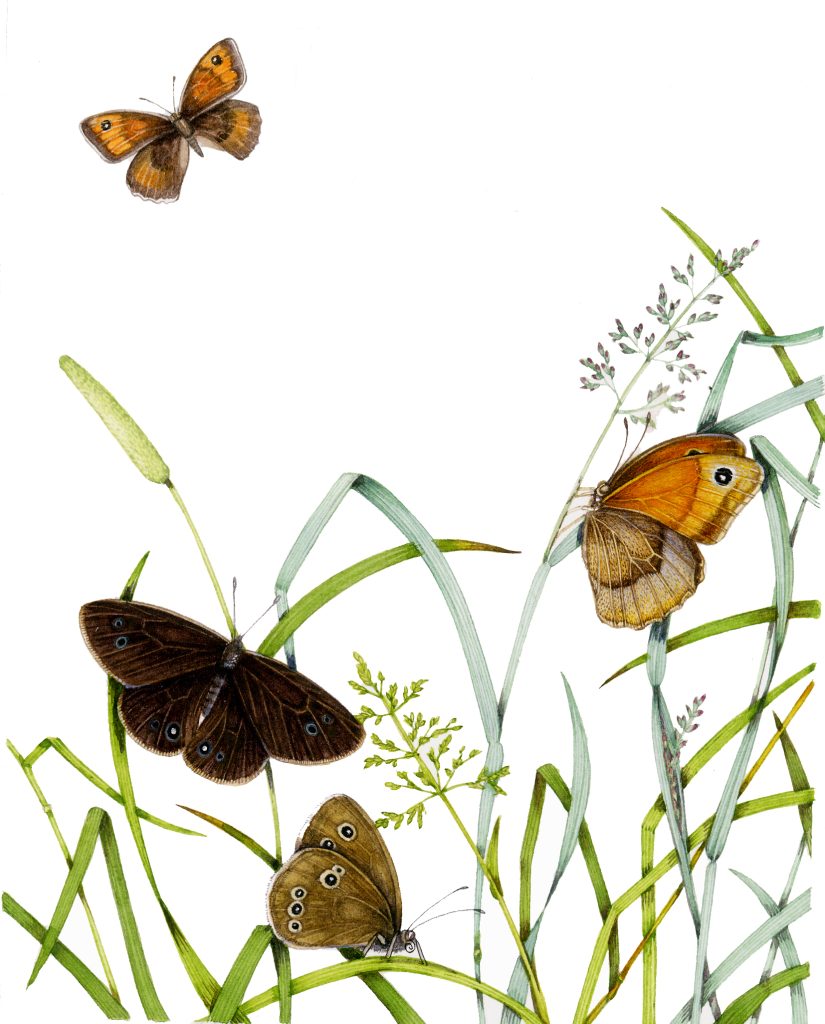
Butterflies do not bite, sting or harm you in any way. Don’t leave a butterfly to die if you can help. If possible use a glass with a piece of card slipped beneath, but if this isn’t possible encouraging the butterfly onto your finger or a leaf is fine.
If it’s in water, or won’t budge, you can gently pick it up. Cupped in your hands is a good method. You can pick it up by the wings if you must, but don’t rub them together. In order to escape from predators butterflies can fly with over 70% of their wings missing. Be gentle and slow at all times. Always pop a watery butterfly, bee, moth, hoverfly, or ladybird somewhere sunny to dry out, away from winds and birds or bored cats.
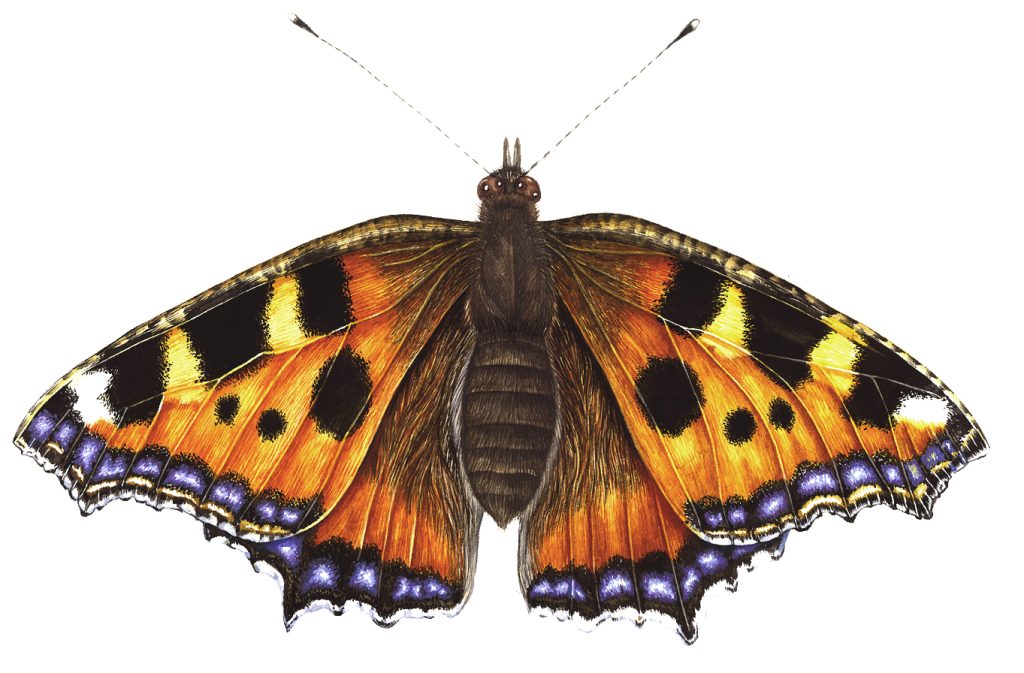
The loss of our iconic butterflies is more than a shame. It’s an indication we are changing our environment with building, intensive farming practices, urbanisation and a shocking lack of knowledge or conscience.
Losing our biodiversity impacts us in ways we may not consider or yet understand. Our crop harvest is mainly pollinated by bees and butterflies. Insect loss has an effect on birds and mammals too.
The degradation of our world by activities to solely benefit the human race is one of the biggest issues facing us today. We must remember the planet belongs to all of us, and when we change fundamental principles that have evolved over millennia we play God in a field we know little about.
Individuals like us can take steps to help re-flower our green spaces, avoid chemical insecticides and learn about our environment. These steps are essential and they need to quicken pace, because our native wildlife is running out of time and a world without flora and fauna would a difficult one.
For more on the biology and threats faced by Butterflies, check out the last Guest blog by DIY Garden: Save out Butterflies: Biology and Threats. For 12 things you can do to help save butterflies, please look at Up Gardener’s blog.
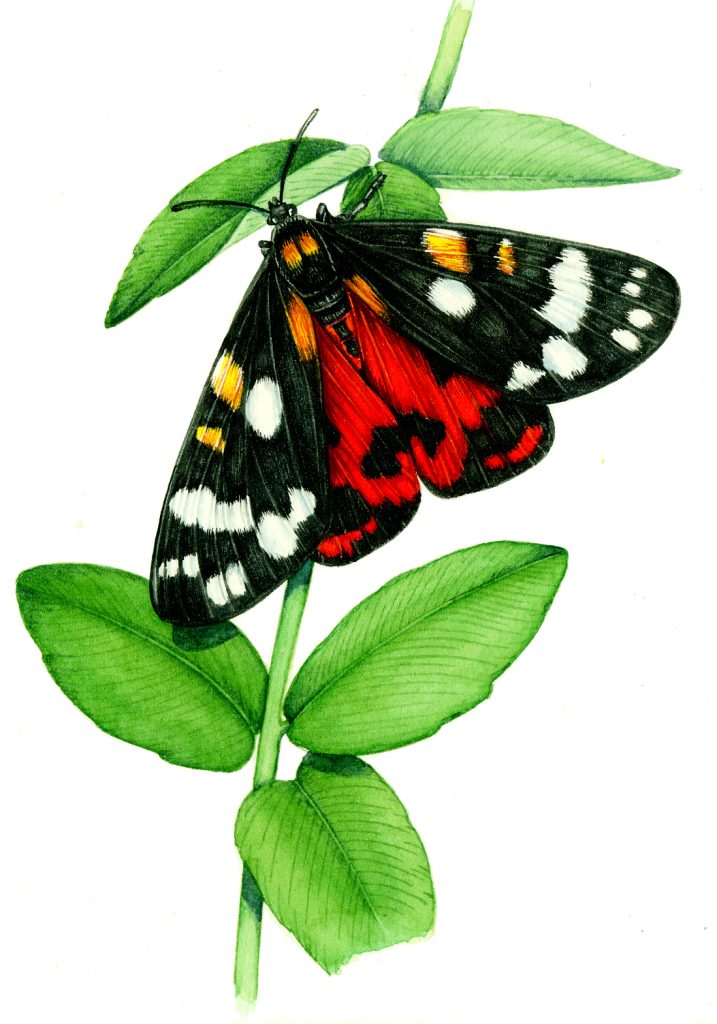
This is a wonderful article, the illustrations are fabulous.
Thanks James! The content is down to my guest blogger, but I can (and will!) gratefully take credit for the illustrations. Thanks for taking the time to give me feedback and leave an comment, and thankyou.
This is a wonderful article, the illustrations are fabulous.Any little you can do will save lives and promote a healthy environment. Water is vital. We have taps, but mammals, birds and insects don’t. In hot summer months wildlife dies from dehydration. A simple bowl of fresh water is so easy, yet saves countless lives.
Thank you James, thats such a helpful suggestion and yes, water is vital in any wildlife space, I agree. Thanks for taking the time to leave a message.